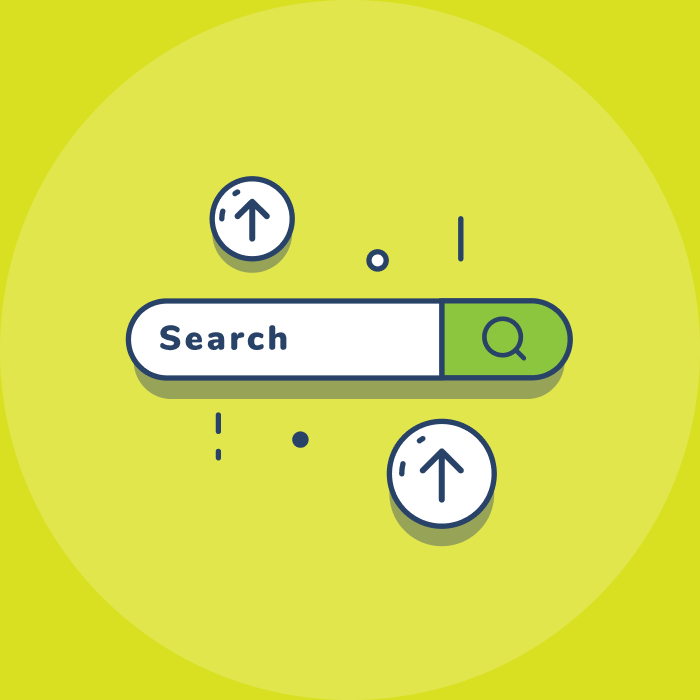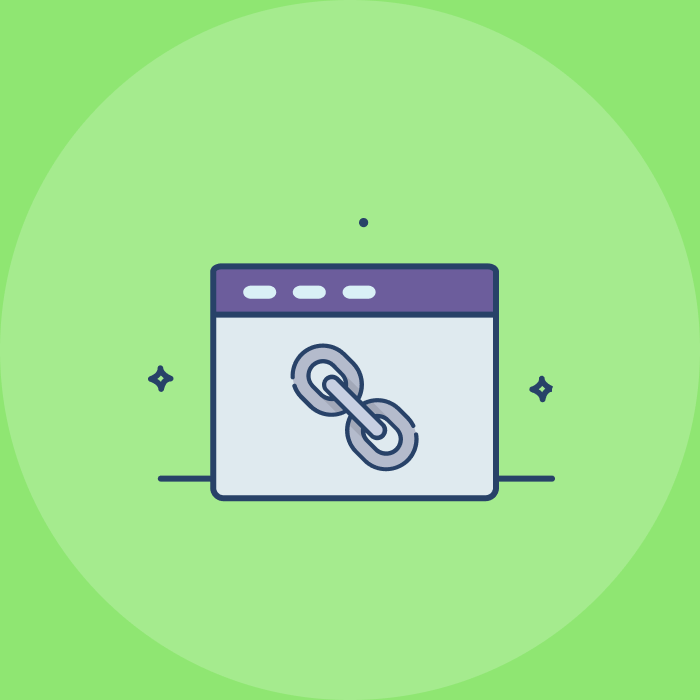So how do you develop web content and other technical aspects that cater to both search engine spiders and website visitors? Or we can say, “Is your website ready for the search engine of the future?”
Creating a website that meets the current standards of search engines can be challenging, but it is more complex to generate a steady stream of traffic from the website. It means you would need plenty of tactics or tricks (that really work) that can lead to generating traffic for your site.
So how do you develop web content and other technical aspects that cater to both search engine spiders and website visitors? Or we can say, “Is your website ready for the search engine of the future?”
Okay, you must check all ingredients coming together, whether you got it just right and test everything before going live. But this step – the testing – is often ignored before a site goes live. Testing a new website can seem overwhelming. Teams aren’t sure where to start. But you may have more help than you know. Every team member can assist in the pre-launch process. To solve this problem, your website development should include writers, web designers, web developers, marketers, search engine optimizers, testers, and network administrators coming together to create the site. These same people can help test it.
Here's how. There's no single set of tricks and strategies to observe, which is why I have divided all categories into two main sections: technical aspects and SEO aspects that can make your site more appealing to search engines.
Technical Aspects of Website (Technical SEO)
If your website has coding errors, search engines will struggle to crawl the pages correctly, giving you a poor web ranking. So there are numerous technical aspects of the website that need to be kept in mind while developing any website.
Select a website theme suitable for your business. If you consider a single-page theme, then you should have a dropdown option in the main menu so that people can directly see the inner page.
2. Page Layout – Home Page and Inner Page
As we all know, the home page is crucial for any website, like a house's main gate or entrance. And everybody wants it to be good, unique, and accessible to all aspects of the house. Similar to this concept, the home page is an integral part of any website; therefore, it should be unique, look good, be intuitive, and directly contact or access all internal pages. A genuinely effective homepage should have the following items in place.
What to Include in Home Page
- Include a clean, attractive logo and tagline.
- Make all significant sections, such as menu navigation, easy to find and navigate.
- Add some excellent, attractive banners (explain facts, featured on, milestone, client testimonial etc.)
- Add a visual picture (video or image) of what product/company/service does
- Give a brief description of the company.
- Add call to action.
- Add some frequently ask questions (FAQ).
- If you’re selling a product, then highlight the main features.
- Custom search button.
What to include in Inner or Product or Services Page
- Heading or title of page (which should include Importance of particular services in sort)
- Live Status or Quick fact of your services (You can include portfolios here) or add services or product milestones.
- Add Offering areas or domains or industries we serve.
- Our unique process, how we do it, or how it works?
- Add top Features of our offered services and the type of services we offer.
- Explain the advantage or importance of your services or “why they use your services?”
- Add portfolios of services that are provided in particular with a link.
- Use a portfolio visualizer to gain valuable insights and witness the impact of your services on various projects.
- Importance of advantages or benefits of using Organic SEO services or any other services
- Add a call to action that can be a request from a simple link.
- Case Study or White paper or any other resources with link (missing in Guest Blogging page)
- Testimonials (Text or videos if available).
- Don’t forget to add a social sharing option.
3. Make fewer HTTP requests
When a web page loads in a browser, the browser sends an HTTP request to the web server for the page in the URL. Then, as the HTML is delivered, the browser parses it and looks for additional requests for images, scripts, CSS, Flash, and so on. Therefore, you should find a way to reduce HTTP requests. The best way to reduce requests is not to use too much CSS or JS or combine all CSS and JS in one folder.
4. Minify JavaScript and CSS in order to Increase Page Load Speed
Minification is the practice of removing unnecessary characters from code to reduce its size, thereby improving load times. We can say it is a technique that combines and compresses website code into smaller chunks to speed up your site. You can read more about it at Google. 80% of the end-user response time is spent on the front end.
Most of this time is tied up in downloading all the components on the page: images, stylesheets, scripts, flash, etc. Reducing the number of components, in turn, reduces the number of HTTP requests required to render the page. This is the key to faster pages. Combined files are a way to reduce the number of HTTP requests by combining all scripts into a single script and similarly combining all CSS into a single stylesheet. Combining files is more challenging when the scripts and stylesheets vary from page to page, but making this part of your release process improves response times.
Bonus Tips: Try to avoid inline CSS.
5. Responsible Web Design
With the increasing number of mobile users, everyone has started implementing web interoperability and responsive web design that can work on mobile devices, iPads, desktops, and other supported devices. The responsible website can enable web content, design, and layout to be rendered and interacted with on different configurations, including different devices, operating systems, and web browsers.
6. Custom 404 Page
When a 404 (“page not found”) error occurs, ensure you have a custom page to help your visitor find something else of use, even if it isn’t what they were looking for. Therefore, design a custom 404 page as per your site structure and add relevant links on the same page.
7. URL Structure
A site's URL structure should be as simple as possible. Consider organizing your content so that URLs are constructed logically and in a manner that is most searchable. Always try to use a dash instead of an underscore in the URL. You can refer to the SEJ post and Paddy Moogan's post on technical SEO at Moz.
Search Engine Aspects of Website (Advance SEO)
With recent Google algorithm updates, it is very hard to say that your website gets top rank in search engines. The definition of search engines has totally changed nowadays, and it has become more complex than ever. In order to rank in the top SERP results, we need to focus on the website's On-page optimization.
If we have an excellent on-page, then it will be easy to get ranked in Google. As SEO professionals, we have to understand the concept of web marketing and be ready for future changes. In addition to web content, we need to do a number of things that can help the site right out of the gate with search engines.
8. Place Keywords strategically throughout content
Keywords are a vital part of any website, but if we don’t care and do keyword stuffing, then it can work as poison for the site. They do proper groundwork on keyword research, selecting the right keyword, and using some keyword tools. Once decide on a keyword, the next task is to put it in the right place. As per standard guidelines, you can use the keyword 1 times in the title, 2 times in the Meta description, and 4 to 6 times in the site's content or central body part.
The title is one of the most important entities of the website, and it is visible in SERP. We can’t avoid this, so prepare a unique title that should include keywords for all separate pages. A meta description is the second most important entity for any website and is also displayed in SERP. So make sure every page has a unique title tag and Meta description.
However, be careful not to use keywords excessively, as search engines and potential visitors can see them as spam. Also, it reduces the chance that potential visitors will click through to your page. A few months back, Google changed the layout of search results. They calculate the pixel width of the characters used in titles with a limit of 512 pixels or 58 characters. Always place the keyword at the start of any title. As per the new guidelines, we should stick the length of the Meta Description to 158 characters or 920px.
Every page should have a unique title that gives a brief overview of that page. We can use a one-time keyword in heading h1 tags (page title), but not more than that. Sometimes, we have subtitles on the webpage, so in that case, we can use other heading tags like h2, h3, h4 …… until h6.
11. Optimize Content
Optimization is an essential aspect of publishing website content. After all, what is the point of creating content that’s useful if your target audience won’t find it? Though in the past, search engines had been known to reward keyword-rich content with top rankings, that is not necessarily the case anymore. Currently, search engines are more focused on providing the best website content overall to searchers, and they are taking much more than keyword density and word count into consideration.
12. Optimize Images
With image search, just as with web search, Google's goal is to provide our users with the best and most relevant search results. While a crawling image, Google reads the name of a particular image; that’s called an alt image. This means we need to have some attribution for the images with names so that people can get it while searching related terms.
13. Create & Frequently Update Sitemap
Make sure your new website has an accurate site map in both XML and HTML format. Both users (HTML sitemap) and search engines (XML sitemap) care about this vital element as it helps them find the pages they are looking for when other methods fail. Additionally, you need to update the sitemap frequently if any changes occur on-site.
14. Create Robots.txt
The website has multiple pages on site; some are important, and few are just for the user. So we need to block specific files, pages or images that you don’t want to crawl by Google SERP. Therefore you can block this type of file by using Robots.txt
15. 301 Redirect
Sometimes, content is repurposed or moved to fit the new navigation structure of a site. If you have an existing site and you are changing the URL structure with your new site, you’ll want to make sure you’ve mapped the old URLs to the new ones.
16. Optimize Canonical tag
If you’ve multiple pages on the site with different URLs (www.thenextscoop.com, www.thenextscoop.com/index.php etc.) but the same or slightly different content. In that case, you need to use the canonical tag to tell Google that both pages are the same and that Google should read or consider the main URL instead of another alternative.
What is wrong, and how much traffic are you getting from your website? So, don’t forget to configure your site using the Google Webmaster tool and Google Analytics. Google Webmaster tools will show you what is wrong or missing on the page of your site. At the same time, Google Analytics will show you how much traffic your website is getting from different sources.
18. Activate Google Authorship
Earlier, Google authorship showed author photos and Google+ circle count on SERP, which helps webmasters increase CTR, but now Google has removed the photo and circle count appearance in Google SERP.
19. Activate Schema/ Rich Snippet
Rich snippets give detailed information about particular web pages on SERP intended to help users with specific queries. If you have a customer review, you can add this to the website to gain visitors' trust, showing review ranking on sites.
Conclusion
A website should have a minimum of these aspects covered above to get maximum output from the same. Yes, there are some more advanced technical and SEO tricks, but we will consider advanced SEO in the next post. If I missed anything, let me know.
Subscribe to weekly updates
You’ll also receive some of our best posts today











